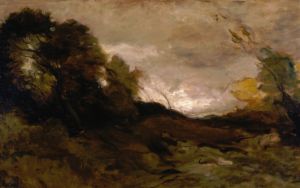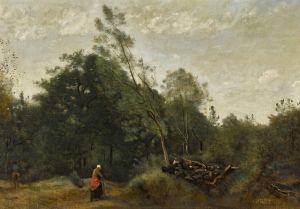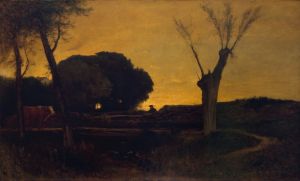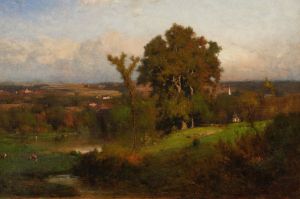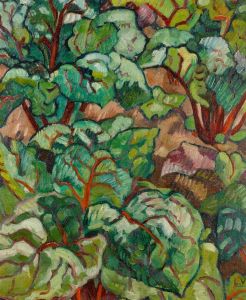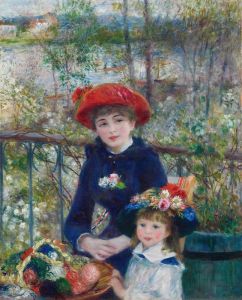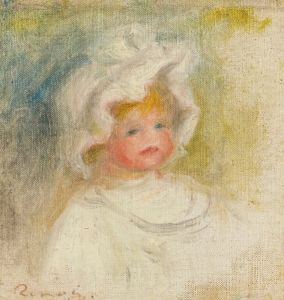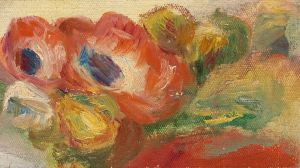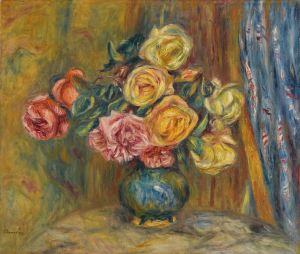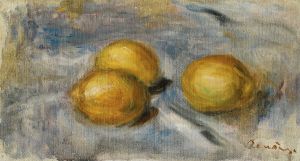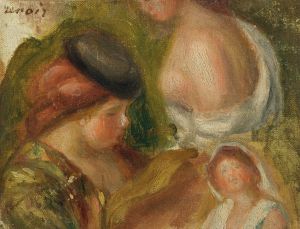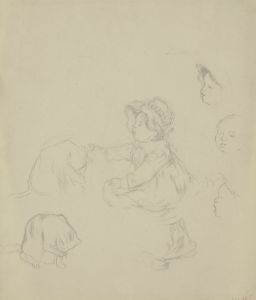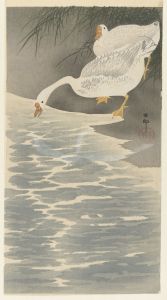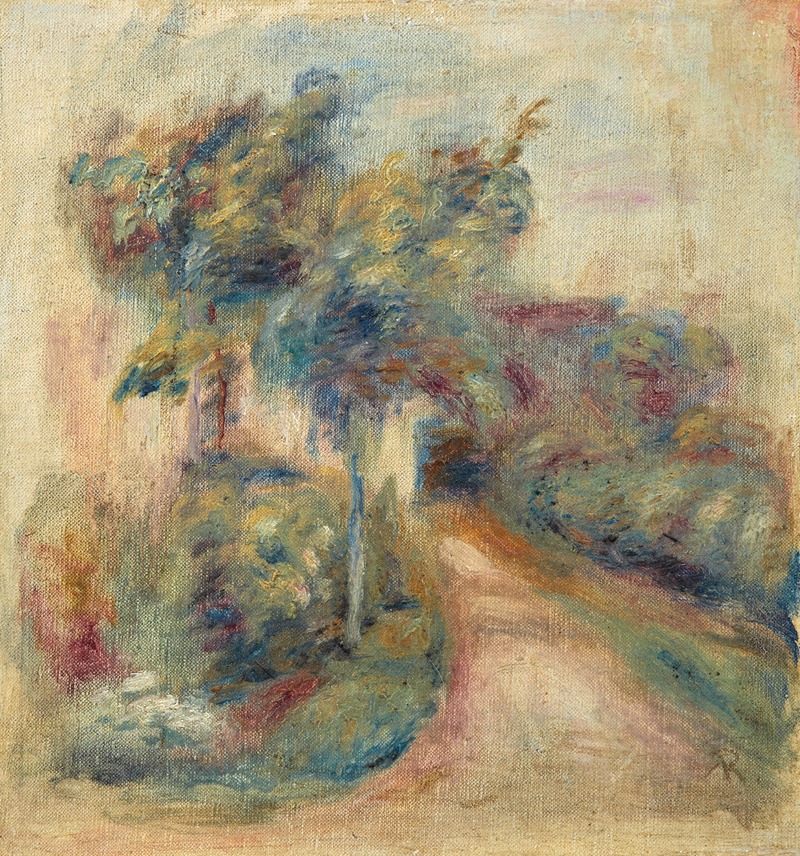
Paysage
A hand-painted replica of Pierre-Auguste Renoir’s masterpiece Paysage, meticulously crafted by professional artists to capture the true essence of the original. Each piece is created with museum-quality canvas and rare mineral pigments, carefully painted by experienced artists with delicate brushstrokes and rich, layered colors to perfectly recreate the texture of the original artwork. Unlike machine-printed reproductions, this hand-painted version brings the painting to life, infused with the artist’s emotions and skill in every stroke. Whether for personal collection or home decoration, it instantly elevates the artistic atmosphere of any space.
Pierre-Auguste Renoir's painting Paysage (translated as "Landscape") is an example of the artist's work within the Impressionist movement, which emerged in France during the late 19th century. Renoir, a prominent figure in this movement, is renowned for his vibrant use of color, loose brushwork, and ability to capture the fleeting effects of light and atmosphere in his paintings.
Paysage reflects Renoir's interest in depicting natural scenes, a common theme in his oeuvre. Throughout his career, Renoir painted numerous landscapes, often inspired by the French countryside. These works typically emphasize the beauty of nature, with a focus on light, shadow, and the interplay of colors. Renoir's landscapes are characterized by their sense of spontaneity and vitality, achieved through his Impressionist techniques.
The exact date of creation for Paysage is not definitively documented, but it is consistent with Renoir's broader body of work during the height of the Impressionist period, which spanned the 1870s and 1880s. During this time, Renoir frequently painted en plein air (outdoors), a practice that allowed him to observe and capture the changing effects of light and weather directly from nature.
As with many of Renoir's landscapes, Paysage does not focus on specific details or narrative elements but instead seeks to evoke a mood or atmosphere. The painting likely features a harmonious composition of trees, fields, or other natural elements, rendered with Renoir's characteristic soft and fluid brushstrokes. His use of warm, luminous colors often conveys a sense of tranquility and joy, qualities that are hallmarks of his work.
While Paysage is not as widely known as some of Renoir's other masterpieces, such as Luncheon of the Boating Party or Dance at Le Moulin de la Galette, it remains an important example of his dedication to exploring the beauty of the natural world. Renoir's landscapes, including Paysage, played a significant role in shaping the Impressionist movement and continue to be celebrated for their artistic innovation and emotional resonance.
Further details about the specific provenance, location, or exhibition history of Paysage are not readily available in public records.






